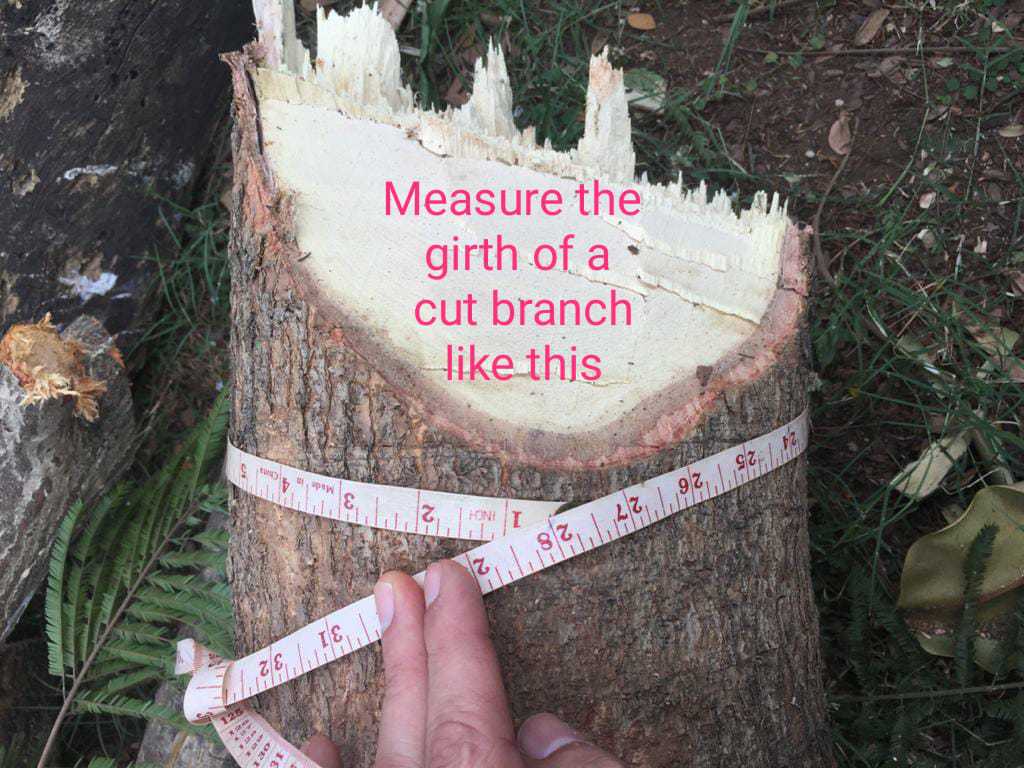The time it takes to cut a tree is insignificant when compared to the time it takes to grow a tree. The cost, however, is disproportionate. Years of generating oxygen, cooling the atmosphere, providing a home to birds and insects, reducing pollution and flooding is lost in a matter of a few hours.
There is a lot at stake with each tree. The Maharashtra (Urban Areas) Protection and Preservation of Trees Act, 1975, understands this, providing strict guidelines for the trimming or cutting of trees in urban areas of the state, like Mumbai. Only the Tree Authority – a body of Brihanmumbai Municipal Corporation (BMC) officials and experts – can permit cutting trees, while the Garden department permits trimming of trees. .
In the past 11 years, it has permitted the cutting of 38,899 trees in Mumbai, 36,117 of them done with transplanting. Transplantation, however, has had a success rate of only 54% in the city, according to the recent CAG audit. The BMC also carries out a round of tree trimming before the monsoon every year, to reduce accidents due to dangerous branches that are prone to break off in strong winds and rain.
As a citizen, if you come across being cut or trimmed, you have the right to ensure it is being done in accordance with the law.
The steps below outline how to do so:
1. Ask for the permission given by the BMC for trimming or cutting the tree.
- Both private and public premises need permission from the BMC for trimming and cutting trees.
- A BMC officer also needs permission from the Tree Authority to cut or trim a tree.
- In cases where the BMC has appointed an agency to trim trees at a stretch, the agency may have a job slip instead of a permission letter. You can ask to see this job slip.
- You can also confirm the permission with your local ward office.
- The Garden department is responsible for permitting tree trimming, whereas the Tree Authority permits tree cutting.
Read more: Impact of climate change in Mumbai to increase, according to new report
2. Check if the permission applies to the tree being cut or trimmed and is valid.
- An application or payment for the permission to trim or cut a tree is not equivalent to a letter granting permission to trim or cut a tree.
If trees are being trimmed,
- The permission letter will mention the details of: the trees’ species, size (height and girth), the number of trees to be trimmed, the number of branches on the trees to be cut, their size, location, the date when the permission was given, reason for trimming.
- Alternatively, the permission can be a general permission to trim trees in an area. The branch specifics will not be mentioned in this case, and implies that no big branches (with a circumference of over 12 inches) can be cut.
If the permission is for cutting a tree,
- The permission letter will mention the details of: the tree’s species, size (height and girth), location, the date when the permission was given, reason for cutting. It will also mention if the tree has to be transplanted at another location.
- The validity of the permission for trimming or cutting trees is not specified in law, but as a general rule of thumb, it should be done within a year of the date of permission.

3. If those trimming or cutting the tree refuse to show the permission, or the permission letter does not match the tree cutting or trimming, you should alert the authorities immediately. You can do so by calling the police on 100.
The police are obligated to come in time and cross-check the permission. If they too find the permission missing or inapplicable to the cutting or trimming in action, they are required to stop it.
4. If you are unsatisfied with the action taken by the police, you can escalate the matter further by calling it to peoples’ attention. “If you tweet a picture and tag the police, BMC and the ward (@MumbaiPolice, @MyBMC and @MyBMCward<wardname> on Twitter), a record is created with everybody watching. This brings the authority under public scrutiny,” says environmental activist Zoru Bathena. Tagging environmental activists and active citizens with a larger audience can also be helpful, as they help call attention to the incident and increase accountability.
An example of such a tweet:
The BMC’s individual wards respond to complaints that fall under their jurisdiction, promising to take action or responding with information as below:
You can also lodge a formal complaint through the BMC mobile app, website, in writing or by calling 1916.
This explainer is part of a series on ‘Explainers and Information Resources for Mumbaikars’ supported by a grant from the A.T.E. Chandra Foundation.